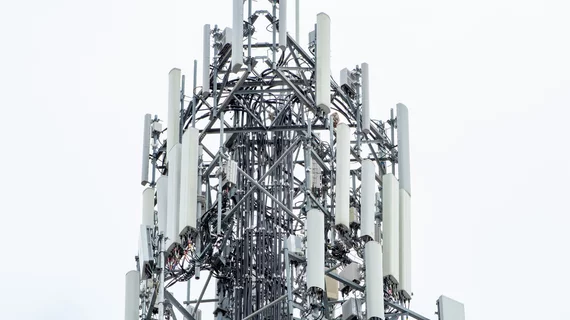AI integrates with drones, smartphones to help 5G along
Engineers have combined two emerging technologies—worker drones and task-oriented AI—to accelerate the adoption of a third: 5G mobile networks.
The industry giant behind the effort, Samsung, has posted a video and text description of the innovation.
The demonstration shows the purpose of the project is making sure 5G antennas are positioned at the best angles for optimized performance.
This is an important detail, as approximately 10 to 15% of antennas around the world are out of position, not uncommonly by as much as 10 degrees from their intended configurations, according to the video’s narrator.
The faulty mounting sometimes traces to improper initial installation and sometimes to subsequent natural forces like hurricanes, tornadoes or earthquakes.
Samsung’s solution is to equip a drone with a smartphone. A service technician on the ground zeroes its camera in on antennas installed on rooftops, cellular base stations or cell towers.
When the pilot transmits the data from the phone to a cloud server, a deep learning algorithm instantly calculates the azimuth and tilt of the antennas, pointing the way to corrections needed in antenna angles.
Along with precluding the need for workers to scale hazardous heights for these tasks, the drone approach is much faster. Samsung says the remote-control system can do the job in around 15 minutes from drone takeoff to data delivery.
By comparison, the company says, a human might need several hours to prepare, climb, complete the work and come back down.
“5G is quickly gathering momentum around the globe, with 75 operators having announced the commercial launch of a 5G network,” the video’s narrator says, suggesting the technology’s popularity will soon force changes across multiple industries, including healthcare.
Click here for the demonstration and description.

